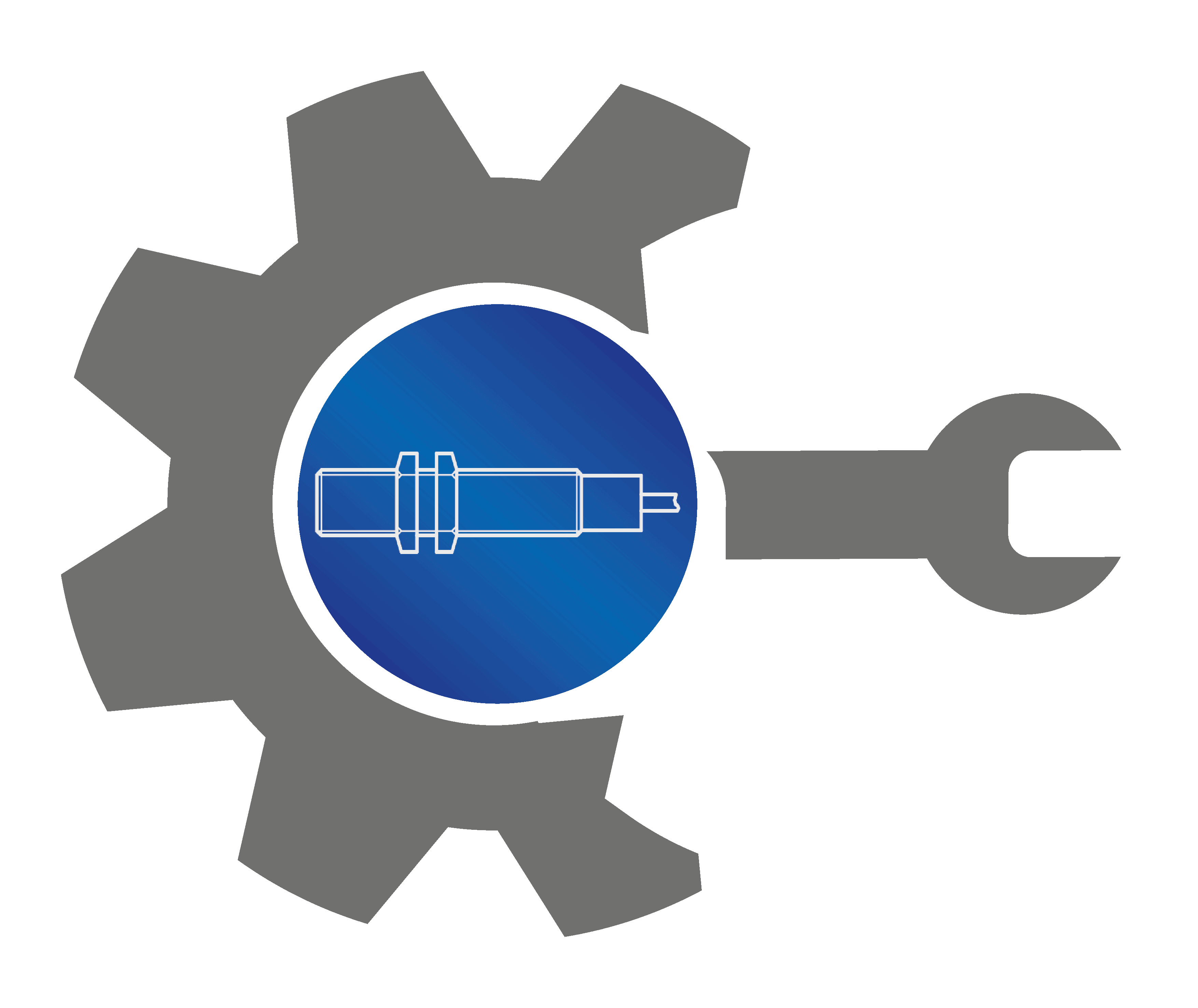
3D Print Additive Manufacturing
Generally also described as 3D-printing – changes the production processes. It makes it possible to rapidly create prototypes, so that innovations and additional development can be achieved quicker. Additive manufacturing helps to create shapes that were not previously possible and to realise structures that make products easier while preserving and in some cases even improving stability. What is even more interesting is the development in the direction of mass production, which is advancing rapidly and which accelerates the processes and keeps reducing, production times. All over the world, many companies are working on optimising mass production.
Table of contents
Mass production requires safe process cycles
Different technologies have one thing in common – the material availability must be secured
Application areas of capacitive filling level measurement
Filling levels in the supply containers analog or binary
Customer application-specific variations on request, including for small batches
Mass production requires safe process cycles
This is the interface that leads to us. Larger production volumes require safe and reliable material availability.
Capacitive filling level sensors and probes are predestined for this. Capacitive sensors detect all products from a dielectric constant of H r > 1.1. Capacitive sensors do their job completely irrespective of the product to be scanned. They can detect the filling levels of, for example, metal powders, plastic powders or basic ceramic materials. Our capacitive sensors detect resins, pastes and liquids just as effortlessly and reliably and control their filling levels.
Different technologies have one thing in common – the material availability must be secured
| Procedure | Abbreviation | Technology |
| Fused Deposition Modeling | FDM | Fused deposition modelling |
| Fused Filament Fabrication | FFF | Fused deposition modelling |
| Fused Layering Modeling | FLM | Fused deposition modelling |
| Layer Laminated Manufacturing | LLM | Gluing |
| Selektrives Lasersintern | SLS | Fusing |
| Selektives Laserschmelzen | SLM | Fusing |
| Polyjet Modeling | PJM | Curing |
| Multi-Jet Modeling | MJM | Curing |
| Stereolithographie | SLA | Curing |
| Digital Light Processing | DLP | Curing |
Processed materials include, for example:
- In powder form: Plastics, e.g. ABS, PLA, Nylon, PET, PP, PEEK.
- Plastic mixtures: e.g. with wood, natural materials like sand, technical ceramics, metals and alloys.
- In liquid or paste form: UV-sensitive liquid plastics, epoxy resins, artificial resins and elastomers
Application areas of capacitive filling level measurement
Filling levels in the supply containers analog or binary
We can offer different solution possibilities depending on the scanning task and size of the supply container.
Due to our decades of experience in the area of capacitive filling level measurement with all kinds of materials, we have a comprehensive programme of suitable capacitive sensors,
including in particular our S26 series sensors, which have special properties when the products to be scanned have a tendency to be adhesive or leave deposits on the active surface.
In addition, our i-Level, True-Level and PerLevel probes have proven to perform excellently, both in small and large containers, up to 2 m in height.
Customer application-specific variations on request, including for small batches
If there is no suitable model for you in our programme (which comprises over 1,500 types), then our development engineers look forward to jointly creating a suitable device with you.
ATEX and IECEX – certified sensors
Are your facilities classified as an explosion hazard area? No problem. We have a solution for you.
Powders are used relatively often as a basic material for many techniques in the area of additive manufacturing, since powders are very fine or the powder/air mixture can create an atmosphere that can easily be ignited by sparks.
Our “All-in-One” sensors, which are used without an additional explosion barrier, are especially suitable.
Additional information can be found in our PDF.
Other interesting articles
Capacitive sensor
Find out everything about the assembly and functionality of a capacitive sensor.
Inductive sensor
Find out everything about the assembly and functionality of an inductive sensor.
Capacitive filling level measurement
Find out everything about the process and functionality of capacitive filling level measurement.









